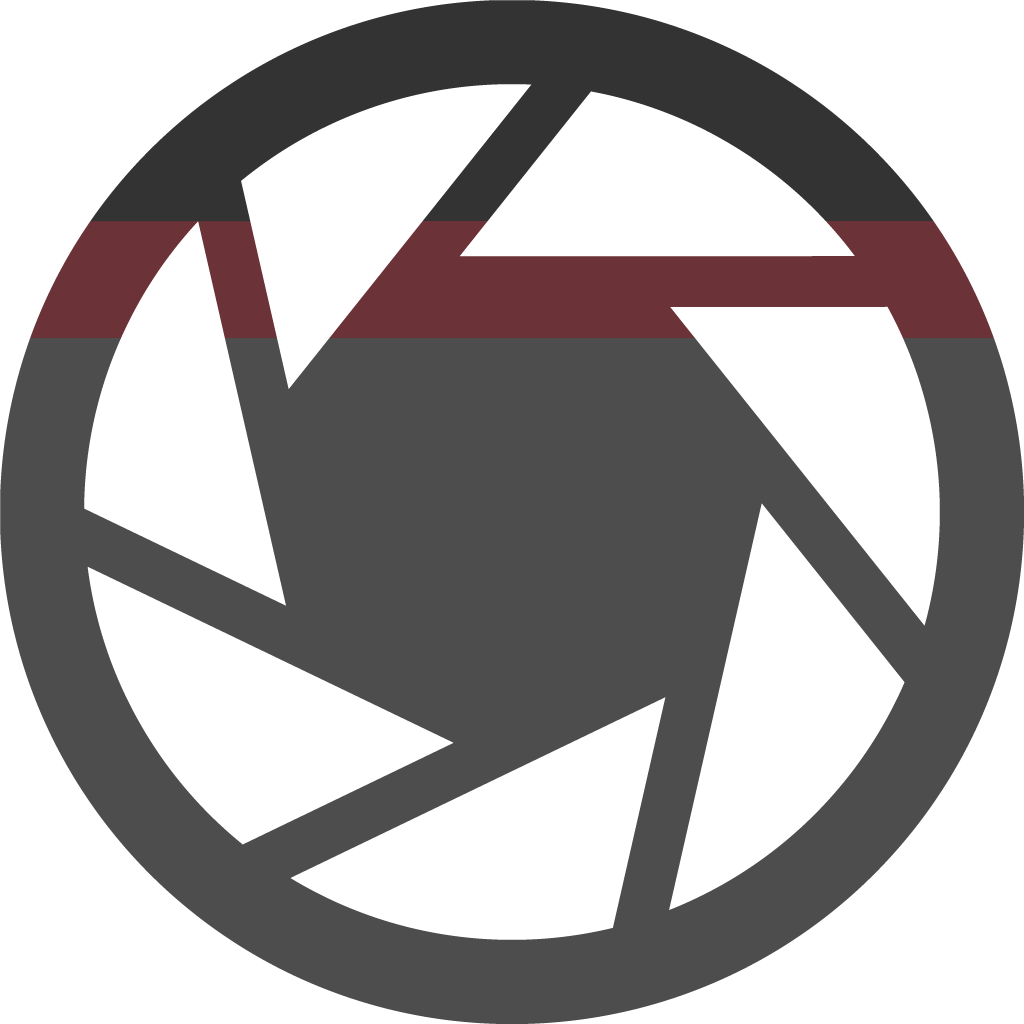Character Design
Overview
Character design is an artform unto itself. Passionate storytellers and graphic novel enthusiasts can create such amazing careers built on expressive characters. This is not my personal forte, and I found this project very difficult to complete. I used a wide variety of creative commons photos to derive realistic proportions and poses. The process of creating visuals to match an established character was not easy for me, but now that I have completed it once, I feel much less intimidated by the process.
Character Summary
Henry Dorsett Case
Case is the protagonist of the book Neuromancer by William Gibson, written in 1984. The book is set in the nonspecific near-future and features many retro-futuristic elements. Gibson envisioned a version of the internet he called the ‘matrix’ which was accessed using a sort of virtual reality that connects directly to the senses. Users navigate a 3d environment filled with polygon representations of data. The book created the genre we now call Cyberpunk, which has expanded into movies, RPGs, and video games.
Case himself is a 24-year-old burnout who used to be a gifted “cyber hacker”. He rose quickly in the ranks of the criminal underworld with his skills. He got cocky and tried to steal from his bosses but got caught. Instead of killing him, they poisoned him in a way that prevents him from getting online.He fled the east coast USA to Japan where he hoped to find a cure with his remaining assets but has so far been unsuccessful and he is running out of money. He has almost given up hope but continues to take risky underground work to pay the bills.When he eventually finds himself out of luck, an unexpected stranger shows up and recruits him for a special job. They can cure his poison in exchange for his hacker skills.
Design
The spirit of 1980s retro futurism is rooted in the vision of what “cyberspace” might have become. The colour palette would be a duality of mundane real-world drab blues and greys juxtaposed with vibrant electric teal and magenta of virtual reality space. Text elements were rendered in varieties of the postmodern Eurostile, which resembles logotypes from tech-centered products such as gaming consoles and modern electric cars.
The character himself is rendered in jagged straight edges, which further reinforce the polygon aesthetic. He has sharp pointy hair which is intended to demonstrate a disheveled appearance. His jeans are wrinkled and ripped at the knee. His cheeks are sunken, and his neck veins are pronounced, showing he is malnourished and drug addicted.
Production
I began by perusing fashion blogs which feature gaunt models wearing “street clothes”. I made a number of quick gesture pencil drawings and tried to emphasize wrinkles in clothing. I used pinterest to find hundreds of examples of extreme facial expressions, and adapted some of the most common ones into my design. In an effort to create a distinctive style, I attempted to use only rigid straight lines and sharp corners. One major goal was to avoid mimicking the popular anime/manga style which is prolific on the internet. I feel that keeping the proportions realistic and the eyes and hair relatively small, I could avoid this association.
Once I had proportions laid out and several poses to work from, I scanned my most recent pencil drawings and placed them into Illustrator. I used the pen tool to make outlines of the character, introducing further abstractions through simplified lines. Once the character was reduced to vectors, I could easily create the silhouette versions.
Introducing colour brought the character even more expressiveness and realism. I used the aforementioned magenta and teal to apply colour to the background and text. As an afterthought, I used the perspective grid tool to make a simple polygon plane which created depth while also further reinforcing the retro-futuristic aesthetic.
The final product will be printed at 90% of its original size and mounted to a 14” by 17” grey Neenah paper sheet.
Review
This project was a great challenge. I have known a number of fellow students and friends who have a passion for character design and comic book art. While I have attempted to create characters in the past, I have always felt that my work is immensely derivative and uninspired. I am proud of this project because it caused me a great deal of stress and anxiety, but my attention seems to have paid off. In critiques, my classmates and teacher have suggested only minor changes. Keeping my art style simple leaves much of the detail to be filled out by the viewer. I have no intention of becoming a character designer full time, but it is satisfying to know that I can apply the accepted tools and strategies and create something original.
